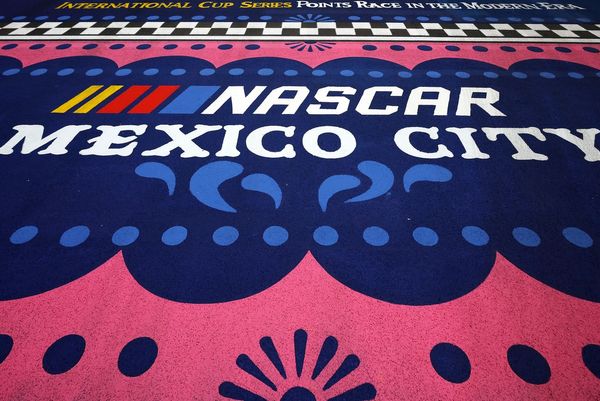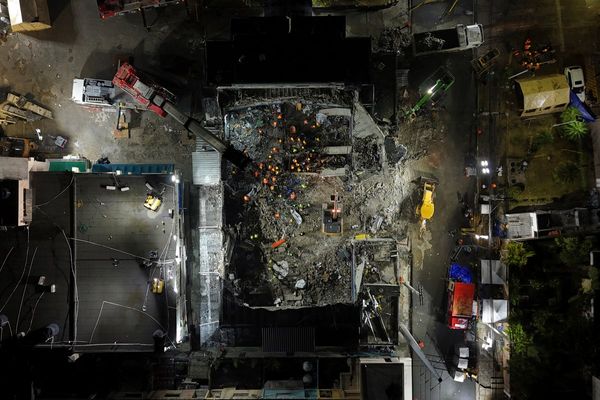
Not much stands between us and the Netflix-inspired bonfire of the cinemagoing experience: even titans such as Martin Scorsese have succumbed, caught between the pressing needs of escalating production budgets and shrinking box-office expectations. To give him his due, Quentin Tarantino is not going down without a fight. This is a director who prizes the actual projection of celluloid on large silver screens – and, in fact, one of the most enjoyable sequences in Once Upon a Time in Hollywood follows starlet Sharon Tate into a movie-theatre showing of the spy comedy The Wrecking Crew, in which she appeared opposite Dean Martin. From the lobby cards to the upholstery to the glittering beams of light, Tarantino offers a lovingly detailed homage to the act of film-watching as it was practiced in late 1960s Los Angeles.
Tarantino isn’t only interested in the big screen, though; much of Once Upon a Time in Hollywood is just as concerned with the industrial-scale production of the kind of TV shows that fueled the everyday entertainment habits of Americans. (Tarantino, six years old at the time the film is set, would no doubt have soaked up countless shows like Bounty Law, the fictitious western serial of which Rick Dalton, played by Leonardo DiCaprio, is the star.) Not only does Tarantino create superbly realised extended sequences of a real-life show, Lancer, in which Dalton has a guest-star bad-hat role; he also films hilarious versions of TV ephemera: on-set interviews, commercial spots and the like.
The symbiotic Hollywood connection between TV and film is spelled out in Dalton’s career quandary: should he stick it out in La La Land, or head over to Italy, Clint Eastwood-style, where a casting agent (Al Pacino) can get him work in spaghetti westerns. (Not Sergio Leone – Tarantino’s personal favorite, Sergio Corbucci, gets the namecheck here.) Tarantino’s connoisseurship ranges widely: we get a glimpse of the Joe Namath biker pic CC and Company, an encounter with Bruce Lee on the set of The Green Hornet (Tarantino got a lot of grief from Lee’s daughter Shannon for having his movie Lee first threaten and then get a kicking from Brad Pitt’s stuntman character), and shelves full of comics and merch of the era.
Tarantino’s masterstroke, though, is to connect this Hollywood life with the Spahn ranch, the former TV set where the Manson family set up shop. It’s there where Pitt’s Cliff Booth, an acquaintance of the owner George Spahn (in real life notoriously pacified by sex with Manson’s female acolytes), confronts the family en masse, and realises their less than benevolent intent.

For approximately the first two-thirds of the film, this is great stuff (the Bruce Lee scene aside, which is pretty funny even if it is a travesty). It’s that ending that in my view that lets Once Upon a Time in Hollywood down. Tarantino’s predilection for wish-fulfilment rearrangement of history has let him down before – surely I can’t be the only person who sees the ending of Inglourious Basterds, when Hitler and Goebbels are murdered in a cinema, as just as tasteless as – SPOILER ALERT – Booth and Dalton’s offing of Manson’s crew of murderous hippies, slasher-movie style. Certain critics have panned Tarantino’s view of the hippie era as regressive – that is certainly the case, but he is entitled to his point of view. It’s the boneheadedness of thinking it’s fine to replace harsh reality with glib film-nerd narratives that means this film is only good, rather than great.







